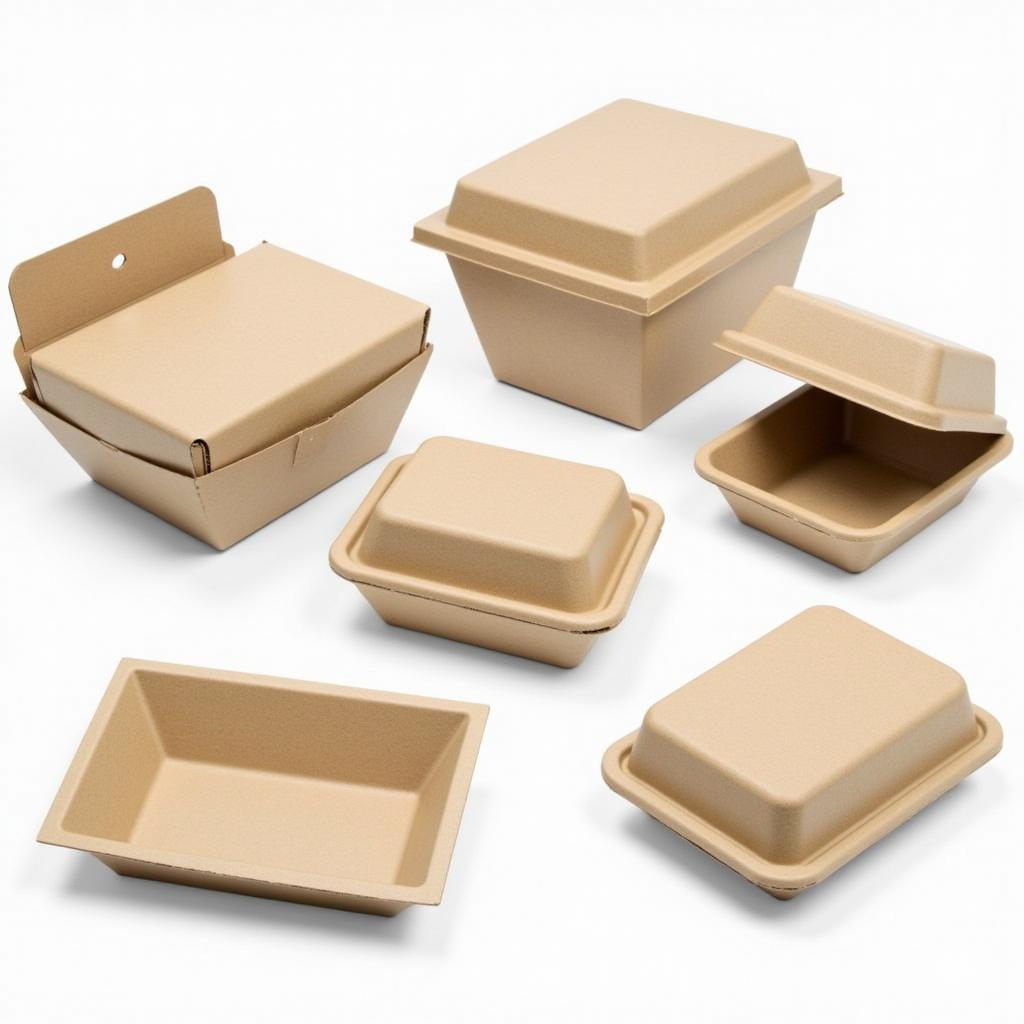Styrofoam To Go Food Containers have been a staple in the food industry for decades, known for their affordability and insulation properties. But are they the right choice for your business in today’s environmentally conscious world? Let’s dive into the pros and cons of these ubiquitous containers.
The Benefits of Styrofoam Food Containers
Styrofoam, also known as polystyrene, offers several advantages that have made it a popular choice for food packaging:
- Cost-Effectiveness: One of the biggest draws of styrofoam food containers is their low cost. Compared to alternatives like paper or biodegradable options, styrofoam remains the budget-friendly choice, especially for businesses operating on tight margins.
- Excellent Insulation: Styrofoam excels at maintaining food temperatures. Hot food stays hot, and cold food stays cold, making it ideal for delivery and takeout services. Customers appreciate receiving their meals at the intended temperature.
- Lightweight and Durable: The lightweight nature of styrofoam translates into lower shipping costs. Additionally, its durability ensures that food containers withstand the rigors of transport without breaking or spilling.
Addressing Environmental Concerns
The use of styrofoam has come under scrutiny due to its environmental impact. It’s crucial to acknowledge these concerns:
- Biodegradability: Styrofoam is not biodegradable, meaning it persists in landfills for centuries. This has led to a push for more sustainable alternatives.
- Recycling Challenges: While styrofoam can be recycled, the process is not as straightforward as recycling paper or plastic. Many recycling facilities lack the capability to process it, contributing to its presence in landfills.
Making Informed Choices: Alternatives to Styrofoam
Fortunately, there are now numerous alternatives to traditional styrofoam food containers:
- Paper Food Boxes: Paper food box options offer a biodegradable and often compostable solution. They are becoming increasingly affordable and often come in eco-friendly, unbleached versions.
- Biodegradable Containers: Containers made from sugarcane pulp, bamboo, and other plant-based materials are gaining popularity. These options biodegrade quickly and are compostable, minimizing environmental impact.
 Eco-Friendly Food Container Options
Eco-Friendly Food Container Options
Making the Right Choice for Your Business
The decision to use styrofoam to go food containers involves weighing its advantages against its environmental consequences. Here’s what to consider:
- Your Budget: Styrofoam remains a cost-effective option, especially for startups and businesses with limited budgets.
- Environmental Impact: If sustainability is a priority, explore the growing range of styrofoam food boxes.
- Customer Preferences: Consider your target audience. Eco-conscious consumers may appreciate businesses that offer sustainable packaging solutions.
Conclusion
Choosing the right food packaging requires careful consideration of various factors. While styrofoam food containers wholesale offer affordability and functionality, their environmental impact cannot be ignored. By exploring alternatives like food hot boxes delivery and making informed decisions, businesses can strike a balance between cost-effectiveness, customer satisfaction, and environmental responsibility.